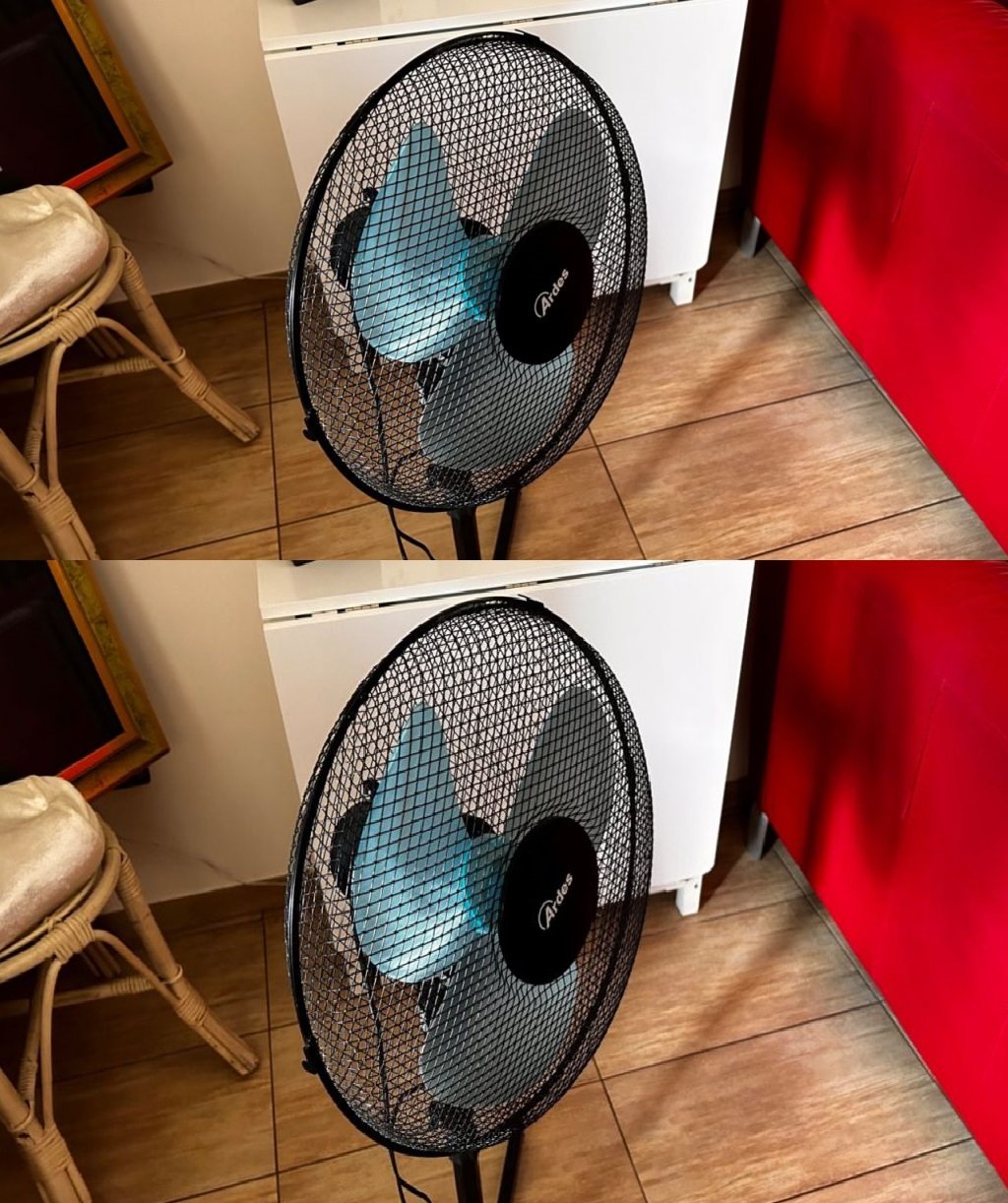ADVERTISEMENT
n multiple rooms quickly, as the air circulates more efficiently throughout your home.
For Complete Cooking STEPS Please Head On Over To Next Page Or Open button (>) and don’t forget to SHARE with your Facebook friends
2. Strategic Fan Placement for the Bedroom
If you’re trying to stay cool while sleeping, the bedroom can be tricky, especially if it gets stuffy at night. Here’s how to maximize fan use in your bedroom:
- Near the window (facing outward): Place a fan near the window facing outward during the night. This draws the hot air out of the room and creates negative pressure, encouraging cooler air from other areas of the house to flow in. If possible, open the window slightly to create airflow.
- At the foot of the bed (facing you): A fan at the foot of the bed, pointing toward your body, will help circulate air directly around you while you sleep. If the outside air is cooler, this can create a refreshing breeze to help you sleep better.
If you have multiple windows in the room, use one fan facing out and another facing in to optimize the airflow.
3. The Best Placement for Living Areas
In larger living spaces, it’s all about getting the air moving. Here are some strategies:
- Near doors and windows: Open the windows on opposite sides of the room (or opposite sides of the house) and place a fan in each to create a cross-breeze. A fan facing outward on one side will help expel warm air while the fan facing inward on the opposite side will draw in cooler air.
- Ceiling Fans: If you have a ceiling fan, make sure it’s set to rotate counterclockwise (in the summer months) to push cool air down toward you. Ceiling fans work best when the air has somewhere to move, so pairing them with open windows or a secondary fan will enhance their effectiveness.
- Position a fan in the corner of the room: In larger rooms, positioning the fan in a corner can help circulate air without blocking walkways or furniture. This helps the air move across the entire room.
4. Use Fans for Cooling in the Kitchen
The kitchen can get particularly hot while cooking, and a fan can help keep it bearable:
- Near the stove: If you’re cooking, place a fan near the stove or oven to help move the hot air away from you. Make sure to place it in a location where it won’t blow hot air right back onto you.
- Near an open window: If possible, open the window in the kitchen and place the fan facing outward. This helps expel hot air from the room and prevent the temperature from rising.
5. Placing Fans in Hallways for Better Airflow
Hallways can be a hot spot for stagnant air, especially if doors are closed in rooms. To improve air circulation:
- Place a fan at the end of the hallway: Position the fan near a window at the far end of the hallway to help draw cool air through the entire space.
- Use fans in multiple hallways: If your home has a long hallway that connects rooms, placing fans at both ends (facing outward) can help expel the hot air and encourage the flow of cooler air into the rooms.
6. Fan Placement for Upstairs Rooms
Upstairs rooms tend to be warmer, especially at night, due to the heat rising. Here’s how to manage it:
- Use fans in the staircase area: If you have a staircase or open hallway that leads to the upper floors, place a fan at the top of the stairs facing outward to expel hot air.
- Use multiple fans on the upper floor: Place fans in opposite windows to encourage cross-ventilation. Make sure to direct one fan outward and one inward to create airflow that will cool down the room.
7. Keep the Fan Clean and Efficient
To ensure your fan works at maximum efficiency, keep it clean. Dust can build up on fan blades, reducing airflow and making the fan work harder. Clean your fan regularly by wiping down the blades and checking that the motor is free from debris.
Final Thoughts
Proper fan placement can make all the difference when it comes to cooling down your home. By strategically placing fans to create cross-breezes, expel hot air, and circulate cooler air, you can significantly lower the temperature and stay comfortable, even during the hottest days of the year. Whether you’re in the bedroom, living room, kitchen, or hallway, these simple tips will help you make the most of your fan and keep your home feeling cool and breezy all summer long.
